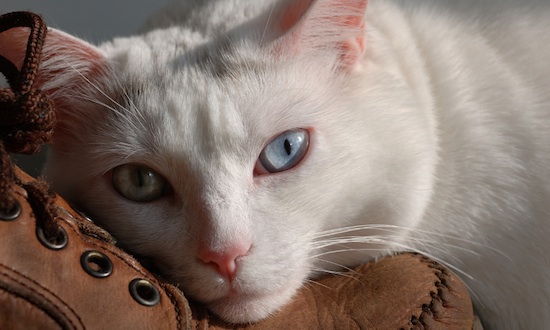Your Beloved Pet is Hurting: 7 Qualities to Consider
May 21, 2013
Pets offer a lifetime of love and companionship, but they also age faster than we do. Perhaps your beloved pet has slowed down and gotten gray around the muzzle. You realize sadly that the end is near, your buddy’s journey will soon be over. But if it comes down to choosing euthanasia are you prepared to do so? How do you make a good decision with such a bad ending? How can you be sure that it’s “time”?
There are a few things to remember if facing that difficult choice. First and foremost – animals don’t fear death like humans do. They live in the here and now. Second, each situation is unique. Well meaning friends and family may offer suggestions – but it’s important to take into account all your personal factors and do what your heart tells you. Only you know what is best for your pet, especially at this time in their life.
One way to do make the decision is by using the HHHHHMM method. HHHHHMM is a quality of life scale written by oncology veterinarian Dr. Alice Villalobos. The five h’s and 2 m’s mean:
- HURT: Adequate pain control, including breathing ability, is first and foremost on the scale. Is the pet’s pain successfully managed? Is oxygen necessary?
- HUNGER: Is the pet eating enough? Does hand feeding help? Does the patient require a feeding tube?
- HYDRATION: Hydration Is the patient dehydrated? For patients not drinking enough, use subcutaneous fluids once or twice daily to supplement fluid intake.
- HAPPINESS: Does the pet express joy and interest? Is the pet responsive to things around him or her (family, toys, etc.)? Is the pet depressed, lonely, anxious, bored or afraid? Can the pet’s bed be close to the family activities and not be isolated?
- HYGIENE: The patient should be brushed and cleaned, particularly after elimination. Avoid pressure sores and keep all wounds clean.
- MOBILITY: Can the patient get up without assistance? Does the pet need human or mechanical help (e.g. a cart)? Does the pet feel like going for a walk? Is the pet having seizures or stumbling? (Some caregivers feel euthanasia is preferable to amputation, yet an animal who has limited mobility but is still alert and responsive can have a good quality of life as long as caregivers are committed to helping the pet.)
- MORE (as in, more good days than bad) When bad days outnumber good days, quality of life might be compromised. When a healthy human-animal bond is no longer possible, the caregiver must be made aware the end is near. The decision needs to be made if the pet is suffering. If death comes peacefully and painlessly, that is okay.
Each letter is given a value of 1-10, with one meaning poor and ten being the best. A score of greater than 35 is required for the quality of life to be considered acceptable.
It’s never an easy decision, but the HHHHHMM scale can be tremendously useful in making an emotion-free decision. When making a decision as important as this, as emotional as this, as gut-wrenching as this, please remember – it’s better to make the choice a day too early than a day too late. No one wants their beloved pet to suffer, and in this case, less is a far better choice than more.






